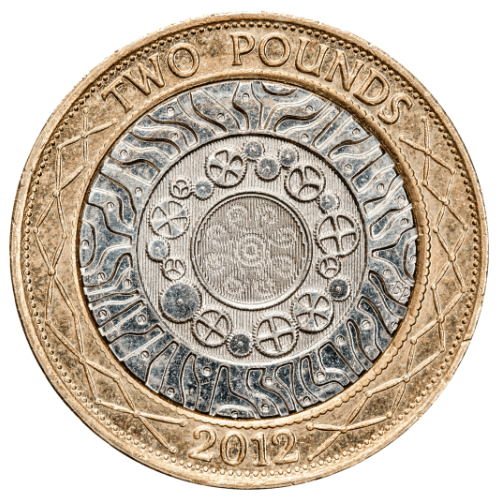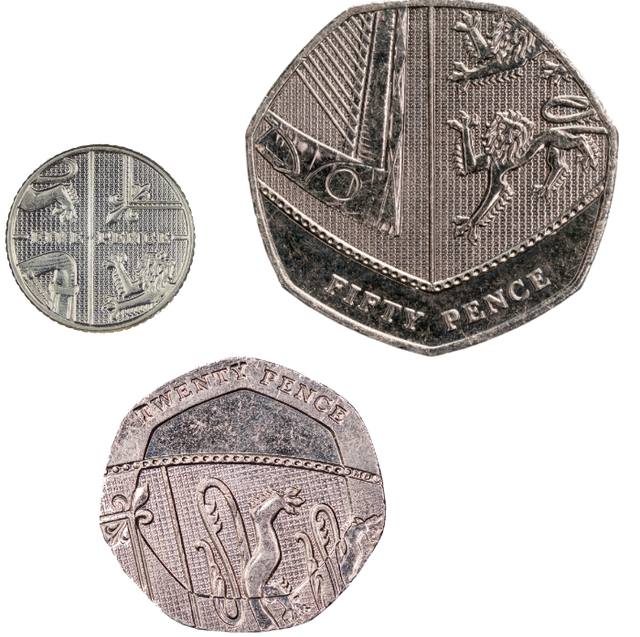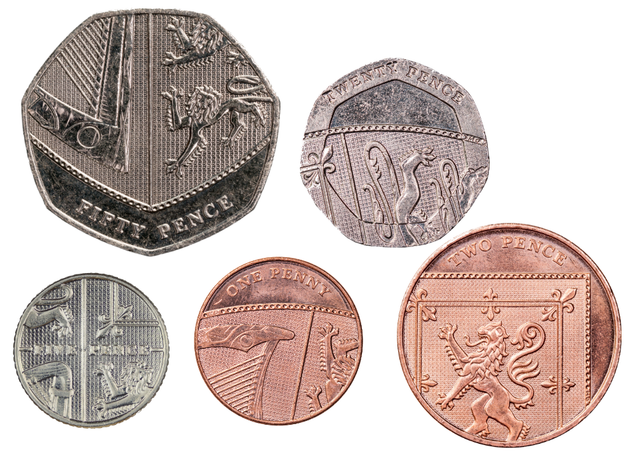Combine coins and notes to make totals.
I can combine coins and notes to create different amounts.
Combine coins and notes to make totals.
I can combine coins and notes to create different amounts.
These resources will be removed by end of Summer Term 2025.
Switch to our new teaching resources now - designed by teachers and leading subject experts, and tested in classrooms.
These resources were created for remote use during the pandemic and are not designed for classroom teaching.
Lesson details
Key learning points
- It is more efficient to pay for items using fewer coins.
- When making a given value, it is more efficient to use coins or notes with a greater value when you can.
Keywords
Coin - A coin is a small flat piece of metal used as money.
Note - A note or banknote is a piece of paper money.
Value - The value of something is how much it is worth in money or other things for which it can be exchanged.
Total - The amount or number after everyting is counted or added together.
Common misconception
Children may not be familiar with the concept of 'getting change' and think they can only buy something when they have the exact amount of money.
Explain the concept of 'getting change' - where we pay too much and get some money back. There are some examples of this in the lesson.
To help you plan your year 2 financial education lesson on: Combine coins and notes to make totals., download all teaching resources for free and adapt to suit your pupils' needs...
To help you plan your year 2 financial education lesson on: Combine coins and notes to make totals., download all teaching resources for free and adapt to suit your pupils' needs.
The starter quiz will activate and check your pupils' prior knowledge, with versions available both with and without answers in PDF format.
We use learning cycles to break down learning into key concepts or ideas linked to the learning outcome. Each learning cycle features explanations with checks for understanding and practice tasks with feedback. All of this is found in our slide decks, ready for you to download and edit. The practice tasks are also available as printable worksheets and some lessons have additional materials with extra material you might need for teaching the lesson.
The assessment exit quiz will test your pupils' understanding of the key learning points.
Our video is a tool for planning, showing how other teachers might teach the lesson, offering helpful tips, modelled explanations and inspiration for your own delivery in the classroom. Plus, you can set it as homework or revision for pupils and keep their learning on track by sharing an online pupil version of this lesson.
Explore more key stage 1 financial education lessons from the My money and me unit, dive into the full secondary financial education curriculum, or learn more about lesson planning.

Equipment
Content guidance
- Depiction or discussion of sensitive content
Supervision
Adult supervision recommended
Licence
Starter quiz
6 Questions





Exit quiz
6 Questions


£9
£12
£11
£8



